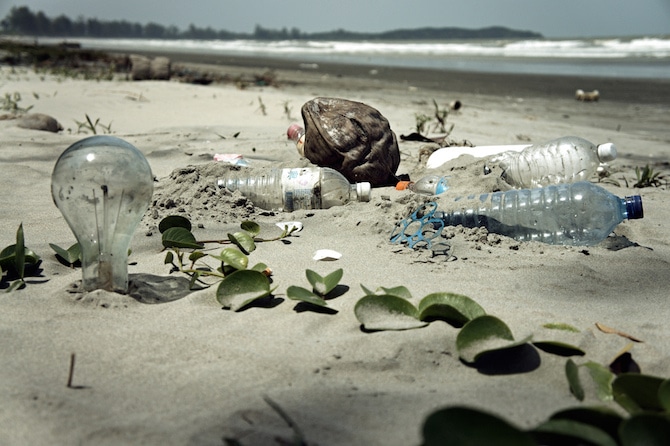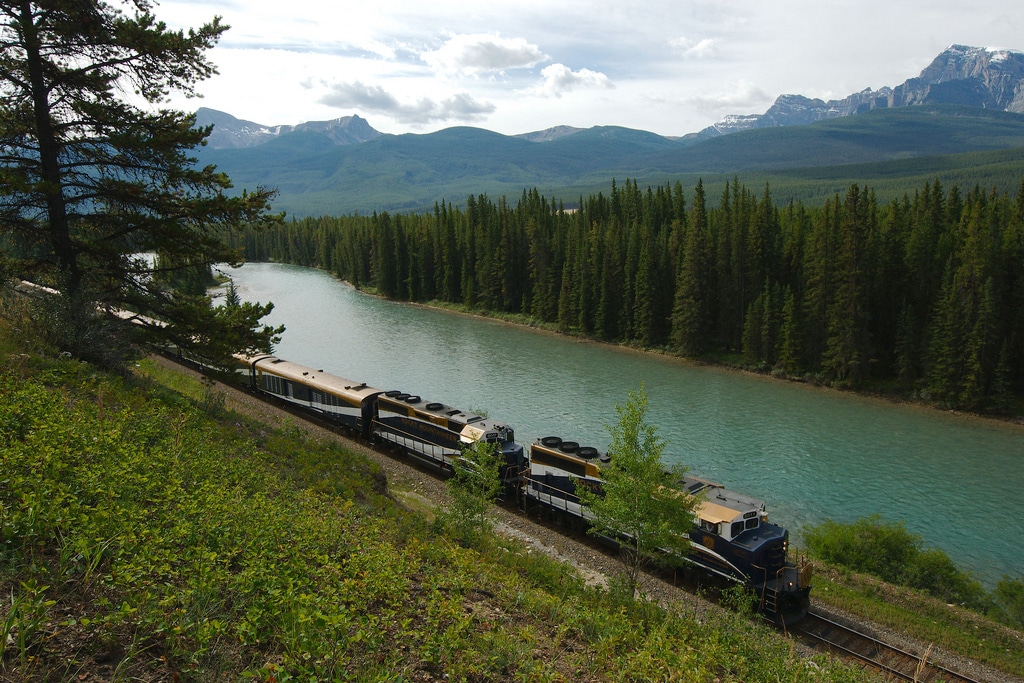
In the USA, the Union of Concerned Scientists has found that 40% of the country’s fossil fuel related carbon dioxide emissions come from the transportation sector. Since travel — especially on an international level — involves taking at least a couple different modes of transportation, it can mean that while vacations can be good for our well being, they’re not always the best for the environment. Not to mention the fact that heating, cooling and water usage tend to be significantly higher in hotels than in private homes. Fortunately, no matter where you’re going and how long you’re going for, it’s not too difficult to give your trip a responsible makeover with these travel tips.
About Green Travel
According to Responsible Travel Report, green travel is “an overarching term used to describe responsible travel practices that focus on economic, socio-cultural, and environmental sustainability. Green travel is about making sure that travelers choose businesses, tour operators, and transportation methods that maintain and preserve the ecological integrity of the environment and contribute to local community development; meeting the needs of the present without compromising the needs of current or future generations.”

Before You Leave
There’s a lot you can do to help green your trip before you even leave, with many of them only taking a couple moments to do.
1) Pack light: planes, trains and cars all use more fuel the more they weigh (plus you’ll avoid extra fees for heavy/ additional baggage).
2) Unwrap: take everything fully out of its packaging before you leave. Not everywhere will have recycling or garbage disposable readily available.
3) Bring a water bottle: some things you don’t want to leave behind are a reusable water bottle and shopping bag. It’s easy to reach for disposable when on the move, so one bottle and bag can make a big difference
4) Unplug: while its common sense to turn off your electronics before you leave, if you have a TV with a DVR, these can use up to 48.5 watts of electricity each if left off but plugged in. So before you leave, remember to unplug your computers, TVs, cell phone chargers, hair dryers, small appliances, etc.
5) Turn Down: you won’t need your thermostat cranked up (or your air conditioning cranked down) if no one is going to be home.

Getting There
As mentioned before, transportation can produce a lot of emissions, but fortunately, there are a lot of alternatives, which can cut down on your usage. While human-powered transportation like walking, biking or canoeing produce zero emissions, these means may not be feasible depending on the length of your trip. Consider these alternatives, ranked from least to greatest fuel consumption
1) Buses and Coaches: compared to driving even a hybrid car, taking a public coach bus can cut your carbon footprint in half. While buses may be squishy at times, you’re far less likely to get lost and (if you’re like me,) can doze off during the journey. While traveling around your destination, local buses are also a good option for places that are too far to walk or bike to. Just make sure to look up and plan routes in advance.
2) Trains: trains use a bit more fuel than buses, but still 7 times less gas than air travel options. Trains are usually faster than busses and services like the Rocky Mountaineer take gorgeous and scenic routes through Whistler and the Canadian Rockies.
3) Cars: If you absolutely need to take a private car, consider hybrid options and look for friends to carpool with.
4) Air Travel: planes are by far the biggest fuel-guzzlers, but may be the only feasible option for remote destinations. If you’re going to travel by plane, choose routes that are direct and without any layovers, if possible as take offs and landing use the most fuel. Also try to look for newer planes, like the Boeing 787 Dreamliner, which burns 20% less fuel when compared to other planes of similar size.

At The Hotel
In recent years, the hotel industry has been under pressure and as a result, many hotels are putting forward initiatives to reduce waste and energy usage and become certified by environmental organizations like Green Key, Green Globe and Energy Star. Each of these organizations have a slightly different ranking system, but if you want to find out if the hotel you’re considering is going to be sustainable, you can call or email ahead to ask a couple questions like:
1) What is your environmental policy?
2) What percentage of your employees are local citizens?
3) Do you support any projects to benefit the local community?
4) Do you support conservation efforts?
5) Do you have any policies to reduce water consumption, conserve energy or recycle waste?
6) Will I have the option to not have my sheets and towels washed on a daily basis?

Out And About
Interacting with the local community and environment in a positive way will not only take your travel experience to a deeper level, it will also have positive benefits for the local area. While you’re out exploring the town/ city/ beach/ lake/ dessert/ mountains, consider following these tips to leave a positive impact not only on the local environment and wildlife, but also the human populations:
1) Shop local and organic: purchasing from locally owned shops will keep money generated from tourism within the community. Fresh, organic foods will also give you an authentic taste of the region.
2) Learn the local culture: before you leave, research some of the local customs and etiquette so to not (accidentally) offend anyone. While at your destination, consider visiting a local museum to learn more about the region’s culture and history. Even learning a few words in the local language can help bridge language gaps and foster positive connections.
3) Ask permission: before taking anyone’s photograph.
Next Steps
This list only covers some of the basic steps you can take towards responsible travel. If you want to take your experience even further, you can check out more resources like The Responsible Traveler Guide and Sustainable Travel International.
Also Check Out:
Responsible Amalfi Coast Italy Tour
The Plight Of Burmese Women Refugees (And How You Can Help)
The Science Of Transformative Travel
Latest posts by Judi Zienchuk (see all)
- 5 Common Travel Practices That Are Detrimental For The Environment (And How You Can Easily Change Them) - Oct 7, 2017
- Gingerbread: History, Traditions And Where To See The World’s Sweetest Artwork - Dec 4, 2015
- The Dark Side Of Easter: Child Slave Labor And How To Source Ethical Chocolate This Holiday - Mar 16, 2015
- Tips For Giving Your Trip A Responsible Makeover - Mar 6, 2015
- Going Local In Sumatra, Indonesia - Oct 21, 2014





Wow an interesting read! Please continue to do the good work. Good luck